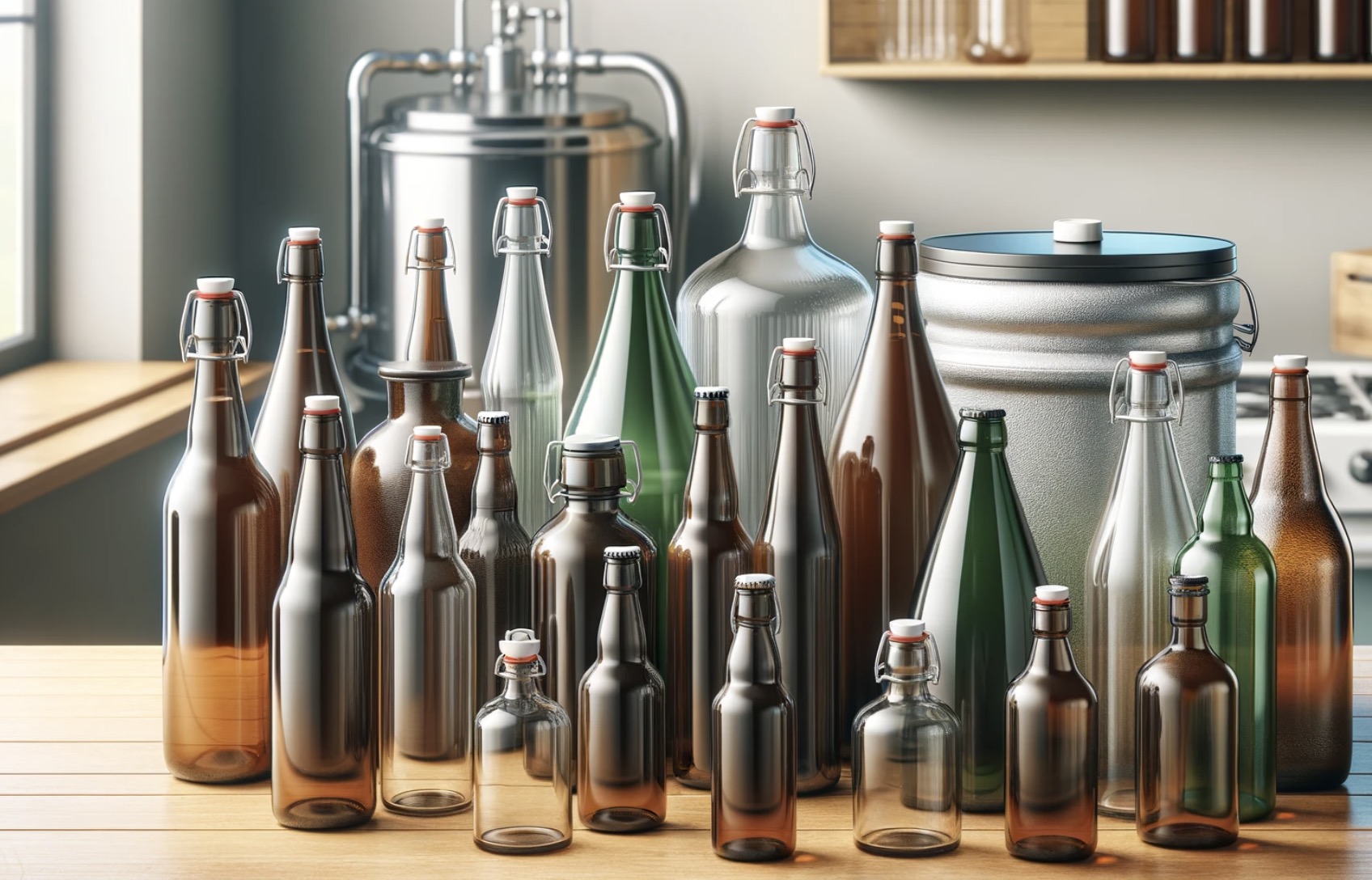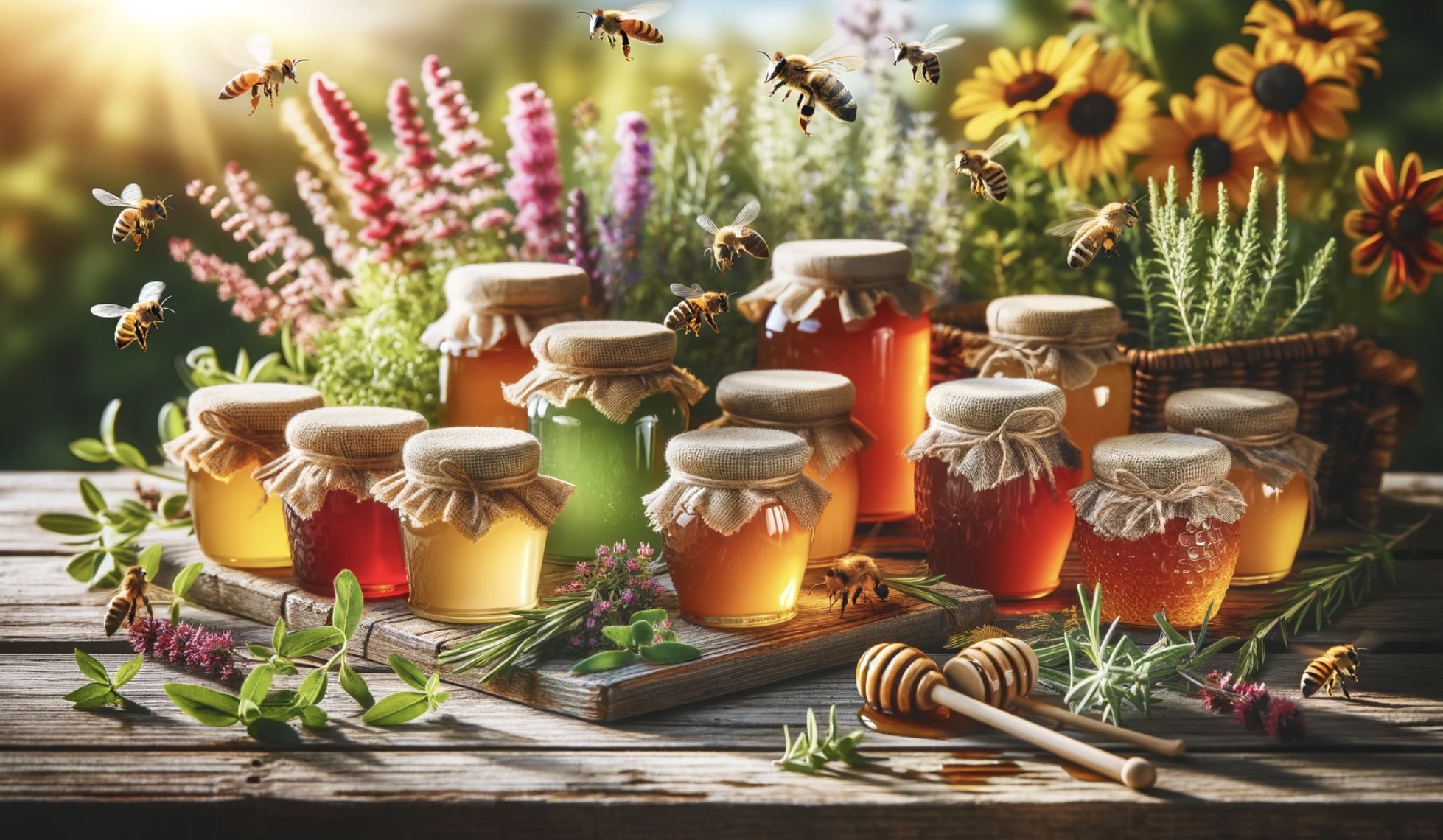Riesling is a beloved white wine that hails from the Rhine region of Germany. Its versatile nature and ability to pair with a wide range of cuisines have made it a popular choice among wine enthusiasts.
If you’re a fan of Riesling, but are looking to branch out and try something new, there are plenty of other wines that offer similar taste profiles and characteristics.
In this article, we’ll explore five fantastic alternatives to Riesling, including Chenin Blanc, Gewürztraminer, Grüner Veltliner, Albariño, and Vermentino.
So, let’s dive in and discover some new wines to love!
What is riesling wine and what is its characteristics?
Riesling is a white grape variety that is used to produce a popular and distinctive style of wine known as Riesling wine. It is primarily grown in cool-climate wine regions around the world, such as Germany, Alsace (France), Austria, Australia, and the United States.
What makes Riesling unique and highly regarded by wine enthusiasts is its exceptional aromatic profile, versatility, and ability to reflect its terroir. Here are some key characteristics of Riesling wine:
- Aromatics: Riesling wines are highly aromatic, often exuding floral notes such as jasmine, honeysuckle, and rose petals. They can also display fruity aromas like green apple, pear, peach, apricot, citrus (lemon, lime), and sometimes tropical fruits.
- Acidity: Riesling is known for its naturally high acidity, which provides a crisp and refreshing character. The acidity balances the wine’s residual sugar levels, making it taste vibrant and lively on the palate.
- Sweetness Levels: Riesling wines can range from bone dry to intensely sweet, offering a broad spectrum of styles to suit different preferences. German Rieslings, for example, are often classified by their ripeness levels, from dry (trocken) to medium-dry (halbtrocken) and various levels of sweetness (kabinett, spatlese, auslese, beerenauslese, trockenbeerenauslese, and eiswein).
- Ageability: Riesling wines have excellent aging potential due to their high acidity and balanced sugar levels. Many top-quality Rieslings can evolve and develop complex flavors over time, showcasing notes of petrol (a.k.a. kerosene), honey, and dried fruits.
- Terroir Expression: Riesling has a remarkable ability to reflect the characteristics of the vineyard’s terroir. Different soil types, climates, and growing conditions can produce Rieslings with unique flavor profiles, ranging from steely and mineral-driven to rich and tropical.
- Food Pairing: Riesling is a versatile wine that pairs well with a wide range of foods. Its acidity and sweetness balance make it an excellent companion for spicy cuisine, Asian dishes, seafood, poultry, pork, and even some desserts.

Overall, Riesling wine is admired for its aromatic complexity, bright acidity, wide stylistic range, and the ability to age gracefully. It offers a diverse and rewarding experience for wine enthusiasts, whether they prefer bone-dry expressions or lusciously sweet dessert wines.
Is Riesling the same as Sauvignon Blanc?
No, Riesling and Sauvignon Blanc are not the same. They are two distinct grape varieties that produce wines with different characteristics.
Riesling is known for its aromatic profile, often displaying floral, citrus, and stone fruit flavors, with varying levels of sweetness.
Sauvignon Blanc, on the other hand, is typically crisp, refreshing, and often exhibits herbaceous, tropical, and citrus fruit notes. While both are white wines, they differ in terms of taste, aroma, and overall style.
1. Chenin Blanc
A Versatile and Flavorful Alternative
Chenin Blanc is a white grape variety that originated in the Loire Valley of France. Known for its high acidity and versatility, Chenin Blanc can produce wines ranging from dry to sweet, and even sparkling. Its flavors can include green apple, pear, quince, and honey, making it an excellent alternative to Riesling.
Pros:
- High acidity makes it a great food pairing wine
- Wide range of styles from dry to sweet
- Can be found at various price points
Cons:
- Sometimes overshadowed by more popular white wines like Chardonnay
- Quality can vary depending on the producer
2. Gewürztraminer
A Bold and Aromatic Choice
Gewürztraminer is a white grape variety that originated in the Alsace region of France. It is known for its bold and expressive aromatics, which can include lychee, rose petal, and ginger.

The wine is typically off-dry, with a slight sweetness that balances its rich flavors and moderate acidity.
Pros:
- Unique and memorable aromatic profile
- Pairs well with spicy and aromatic cuisines
- Can be found in a range of price points
Cons:
- Lower acidity compared to Riesling, which may not be to everyone’s taste
- Can be polarizing due to its strong flavors and aromas
3. Grüner Veltliner
A Crisp and Refreshing Option
Grüner Veltliner is a white grape variety native to Austria. This wine is known for its zesty acidity and crisp, refreshing flavors. Grüner Veltliner typically displays flavors of green apple, white pepper, and citrus, making it an excellent alternative for fans of Riesling’s bright and lively character.
Pros:
- High acidity makes it a versatile food pairing wine
- Unique white pepper note adds complexity
- Widely available at various price points
Cons:
- May be less approachable for those who prefer sweeter wines
- Can be overshadowed by more well-known white wines
4. Albariño
A Delightful and Aromatic Selection
Albariño is a white grape variety that hails from the Galicia region in northwest Spain. This wine is known for its bright acidity and aromatic, fruity flavors. Albariño often features flavors of stone fruit, citrus, and floral notes, making it a delightful choice for those who enjoy the fruity and lively character of Riesling.
Pros:
- Bright acidity and fruity flavors make it a great food pairing wine
- Aromatic and flavorful, with a distinct character
- Widely available at various price points
Cons:
- May not be as complex or age-worthy as some other white wines
- Can be overshadowed by more popular Spanish white wines like Verdejo
5. Vermentino
A Fresh and Floral Alternative
Vermentino is a white grape variety that can be found in various regions around the Mediterranean, including Italy, France, and Spain.
This wine is known for its fresh and floral character, with bright acidity. Vermentino often displays flavors of citrus, green apple, and almond, making it a delicious and refreshing alternative to Riesling.
Pros:
- Fresh and lively flavors make it a great food pairing wine
- Distinct floral character adds complexity
- Can be found in a range of price points
Cons:
- Not as widely available as some other white wines
- May not be as versatile or age-worthy as other alternatives
Conclusion: Explore and Enjoy!
Each of these five wines offers unique flavors and characteristics that make them excellent alternatives to Riesling.
Whether you prefer the versatility of Chenin Blanc, the bold aromatics of Gewürztraminer, the crisp zestiness of Grüner Veltliner, the delightful fruitiness of Albariño, or the fresh floral character of Vermentino, there’s a wine here for every Riesling lover. So why not branch out and explore these delicious options? You just might discover a new favorite!
As for my personal recommendation, I’d definitely suggest giving Grüner Veltliner a try, as its high acidity and complex flavor profile make it a fantastic option for Riesling enthusiasts. Cheers!
FAQs
Is Pinot Grigio similar to Riesling?
No, Pinot Grigio and Riesling are not similar. They are two distinct white wine grape varieties with different characteristics. Pinot Grigio is typically light-bodied, crisp, and often displays flavors of citrus and green apple. Riesling, on the other hand, can range from dry to sweet and is known for its aromatic profile, with notes of stone fruits, flowers, and sometimes petrol.
Is Riesling wine sweet or dry?
Riesling wine can range from sweet to dry, offering a versatile spectrum of flavors. It primarily depends on the winemaking style and the level of residual sugar left in the wine. Some Rieslings can be sweet, showcasing fruity and honeyed notes, while others can be bone-dry, exhibiting crisp acidity and citrus flavors.
Is Riesling similar to Sauvignon Blanc?
No, Riesling and Sauvignon Blanc are not similar. They are two distinct grape varieties with different characteristics. Riesling is typically known for its aromatic profile, high acidity, and ability to produce a wide range of styles from dry to sweet. Sauvignon Blanc, on the other hand, is known for its herbaceous and tropical fruit flavors, crisp acidity, and vibrant character. While both are white wines, they offer unique taste experiences.
Is Riesling considered a dry wine?
Riesling is a versatile grape variety that can produce a range of styles, including dry, off-dry, and sweet wines. While it is often associated with sweeter styles, there are also many dry Rieslings available. The level of sweetness or dryness in a Riesling can vary depending on factors such as the region it is grown in and the winemaker’s style.




